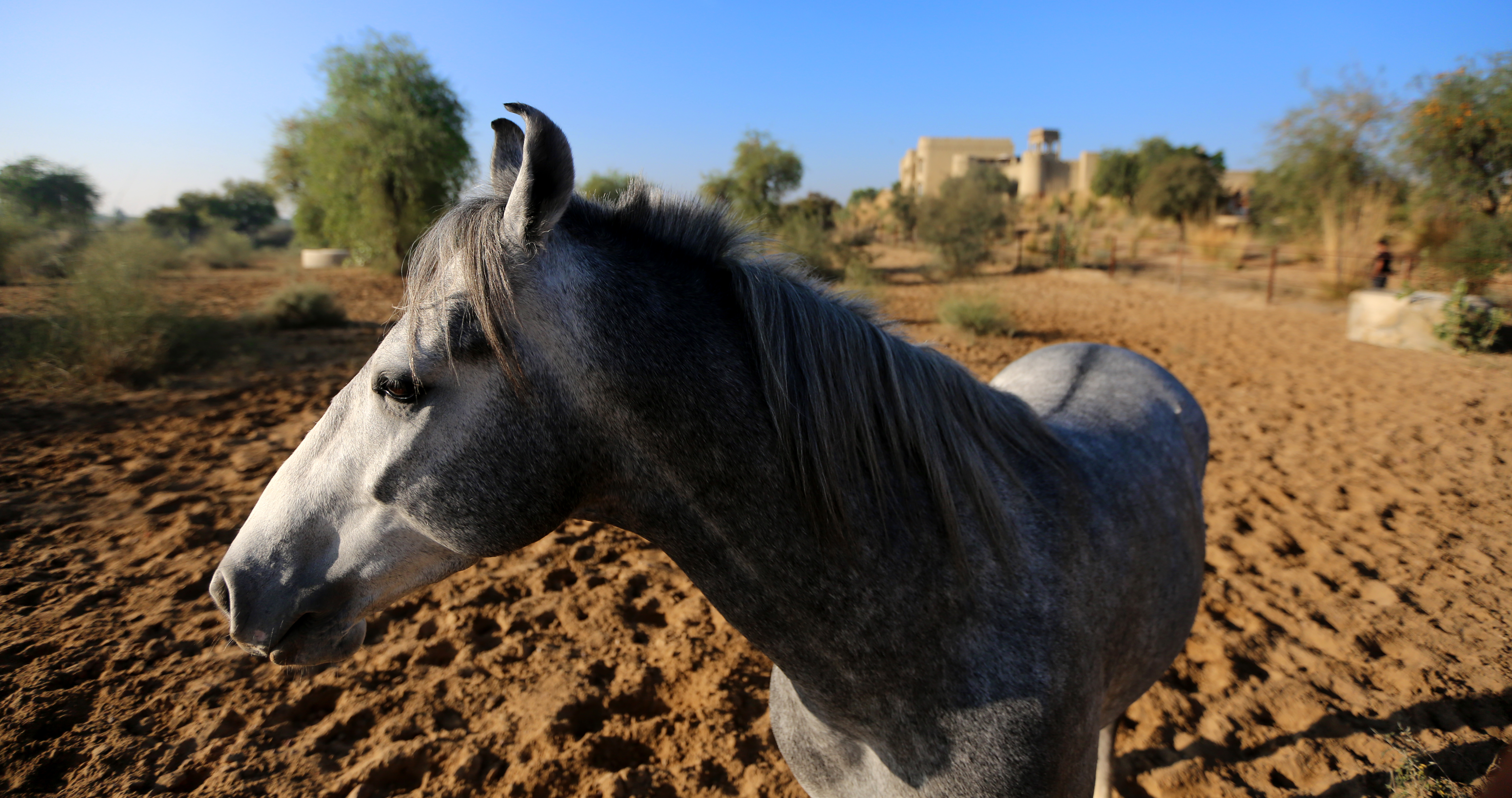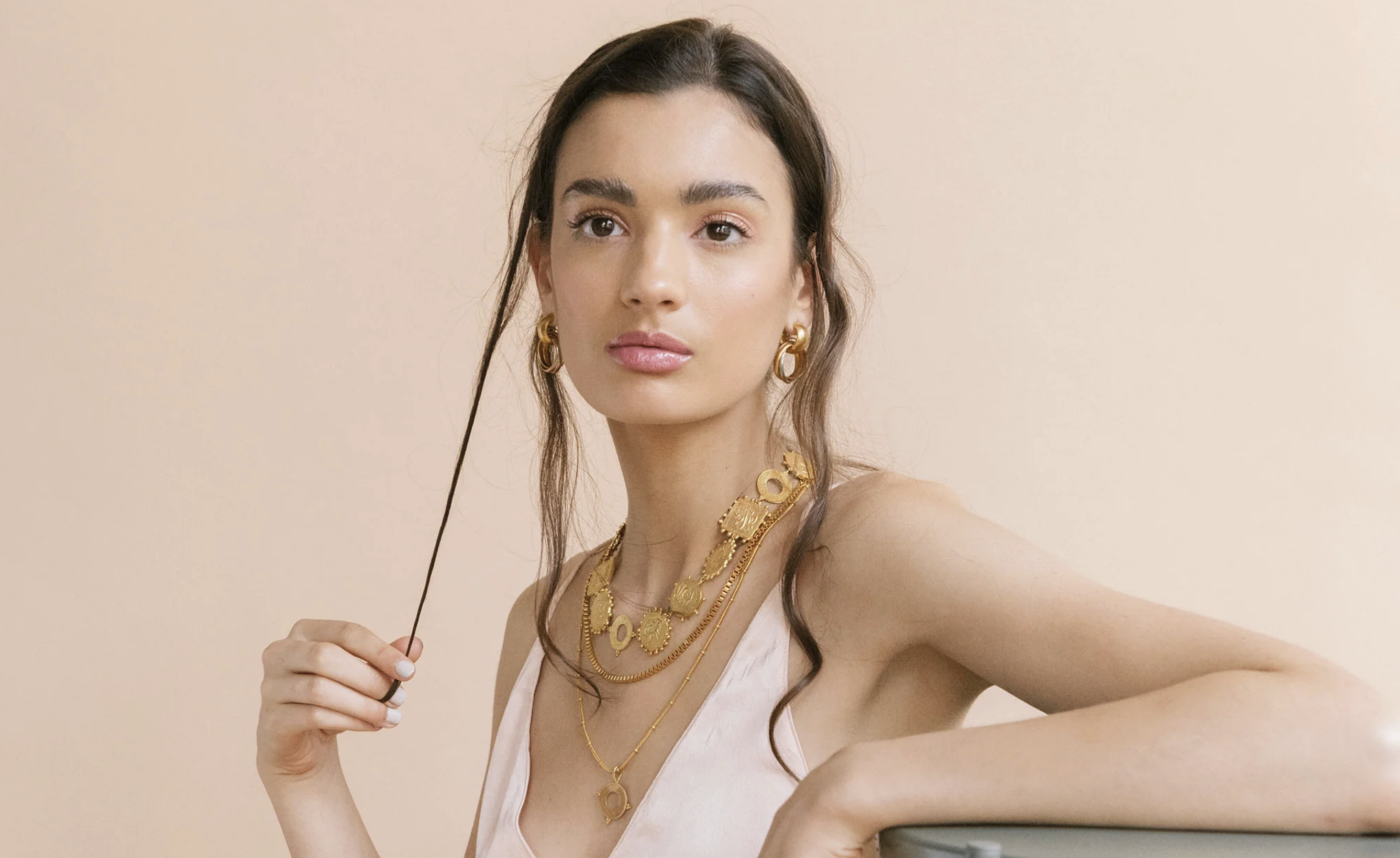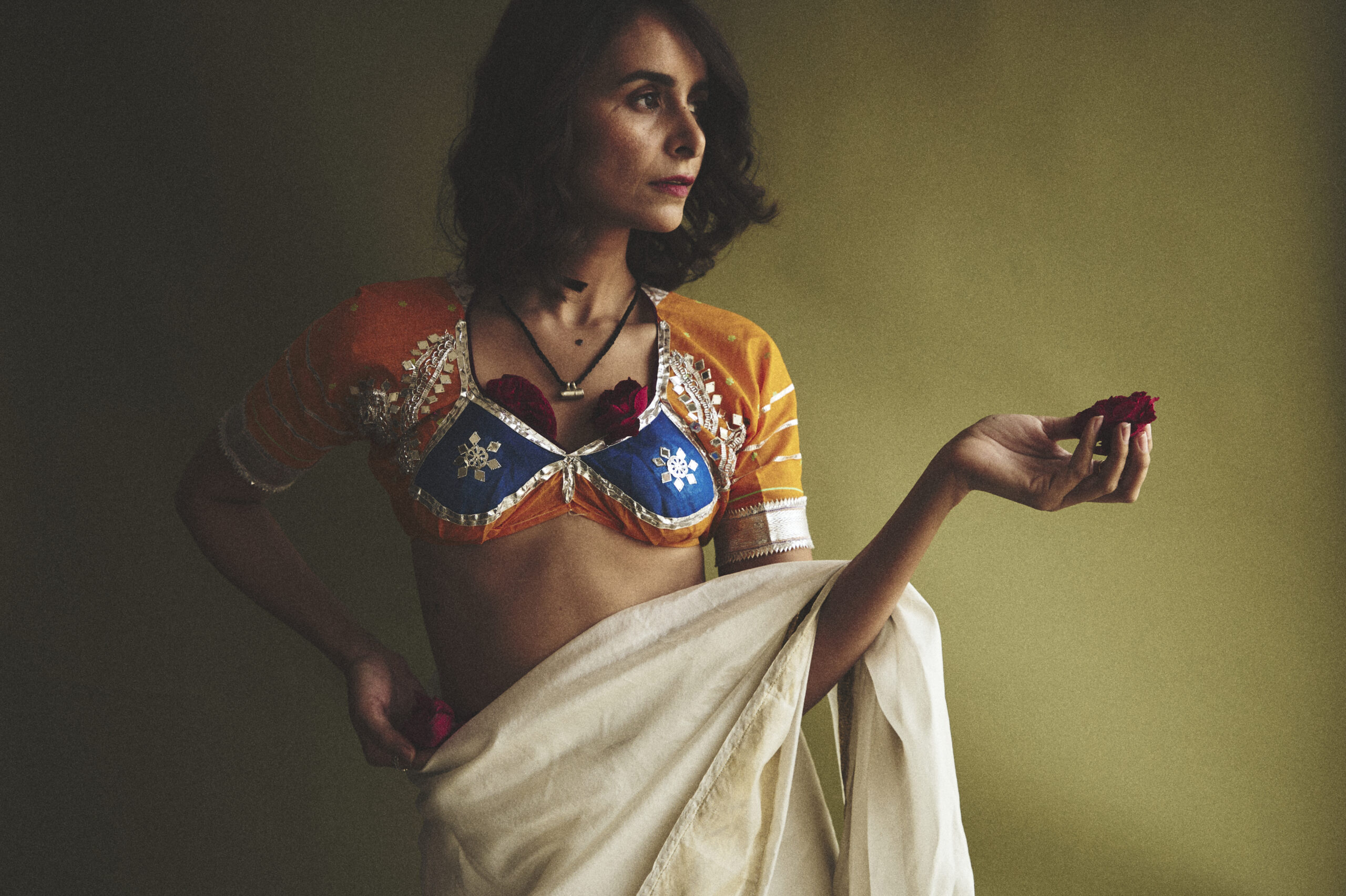Marwari Horses

If you’ve ever passed the regal Raisina Hill on a wintry morning day, your breath freezing into a puff of vapour, you might see the President’s Bodyguard clopping around on one of their over 80 odd horses. They’re magnificent noble beasts, equestrian heroes who draw in gaggles of people to watch the Beating Retreat. A little known fact is that up in the Mewar region, from Jodhpur, come the rare Marwari horses with curly ears. Rohet Garh, a boutique luxe hotel, breeds these horses, and I spoke to Avijit Singh, one of the current owners, about their legacy of the Marwari horses. This piece appeared in Eat Stay Love in 2016.
Horsing Around
The legacy of the Marwari horse comes alive in the stables of Rohet Garh
Who knew that in the arid plains of Rajasthan, a labyrinthine novel, which waded through the Australian bush, exploring Aboriginal mythology, would be penned? When Bruce Chatwin was hoofing his way through India, he met Thakur Manvendra Singh in Jodhpur, who graciously invited him to visit his ancestral home, Rohet Garh, now a heritage hotel. Chatwin agreed. In the warm Indian summer of 1986, he and his wife took up residence at the striking fort, occupying the living quarters of Singh’s towering ancestor, the late Thakur Dalpat Singh II. The stay meandered over half a year, during which Chatwin wrote his most seminal novel, The Songlines, a lyrical, soaring tome that detailed extraordinary landscapes — a book inspired by nothing less than the picture gallery that is Rohet Garh.

Used as a war horse, the Marwari horse was a regular fixture with troopers
But I digress. Perhaps, the most significant denizens of the fort are not merely its long staying guests, but the permanent residents, the odd-toed ungulates, belonging to the Equidae family. But before we speak about horses, Kunwar Avijit Singh, the son of the current Thakur Saheb of Rohet, Sidharth Singh and Thakurani Rashmi Singh, and the descendent of Thakur Dalpat Singh II, regales a little history about the fort.
The Jagir of Rohet was given to his ancestor, Thakur Dalpat Singh I, by the Maharaja of Jodhpur for exemplary bravery show on the battlefield, in the year 1622. Since then, the Singh family has resided in this imposing fort. Nearly three decades ago it was converted into a heritage hotel. The Singhs, fiercely soldered to their roots, didn’t want to create an insubstantial, disconnected auberge. “This was an opportunity to showcase to guests what life was in rural Rajasthan,” says Avijit.
Perched on the banks of a lake, it’s a rustic outpost peppered with the occasional preening peacock rustling through the gardens. The hotel breathes over the dun coloured landscape, and the aquamarine blue of the pool shimmers under the relentless sun. But it is in the stables that the hotel comes alive.

Rohet Garh is perched on the banks of a lake and has a stunning aquamarine pool
The distinguished Marwari horse is an integral part of the region’s folklore. Used as a war horse, the steed was a regular fixture with troopers — indispensible to the cavalry regiments of the army — the Jodhpur Cavalry was mounted on it. One of the oldest breeds in the world, its quirky, curly ears distinguishes it from its other brethren. Though its body type is similar to the Arabic horse, the two breeds do not share a common ancestry. But history hasn’t always been so kind. With the arrival of the British, the horse too, like national pride, was banished. Avijit doesn’t mince words when he says “the arrival of the British saw the ridiculing of all things Indian.” The striking steed was relegated to the footnotes of army logs, and the horse of choice became the Australian Whaler.
It was then that the Marwari’s galloped in. The royal family and the landed class started breeding the horse as a ceremonial and show horse. But the fairy-tale was short lived. Once the din of independence withered away, the patrons with their shriveled privy purses could no longer afford the privilege and pleasure of horse breeding, leading to a degeneration of the genus. But the tale doesn’t end in tragedy for these noble creatures. The All India Marwari Horse Society is working tirelessly to restore the breed to its former glory, by raising awareness about it and maintaining impeccable breeding standards, says Avijit. His father, an active member of the society, is a keen horseman and has kept his foot firmly in the stirrup.
As a result, the magnificent beasts in their stables are some of the finest Marwari horses in the country, and boast a roster of acclaimed guests who have sat in their saddles, including pop star Madonna and members of the British Olympic team. “Alishan and Shandaar,” Avijit replies, when questioned about Rohtel Garh’s most prized equine residents. While Alishan still neighs in the stables, Shandaar has left the building, and is one of the most expensive Marwari horse to have been sold in recent times.
The hotel offers a smorgasbord of activities on horseback, but Avijit adds a postscript to this conversation. The experience is only for veterans, not amateurs. For novices, even attempting to ride on these crinkly eared thoroughbreds is a tad daunting. It would be easier to retire to the room a la Chatwin and ruminate on the dark galloping smudges in the distance, thumbing a dog-eared copy of The Songlines, once again.

The Marwari horse has distinct curly ears





